
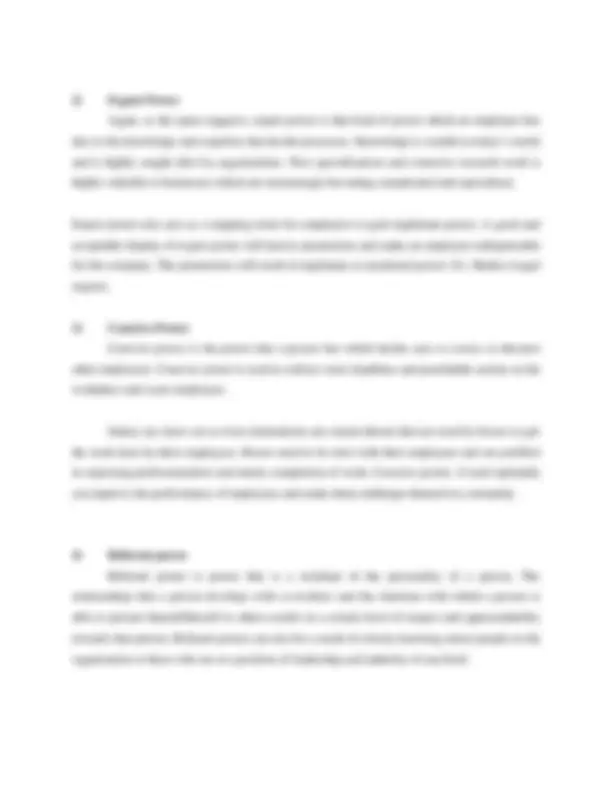
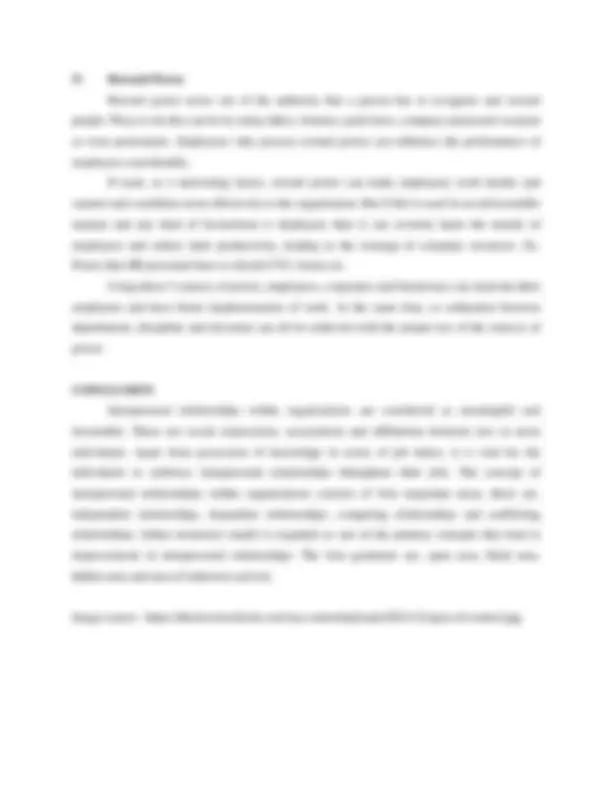
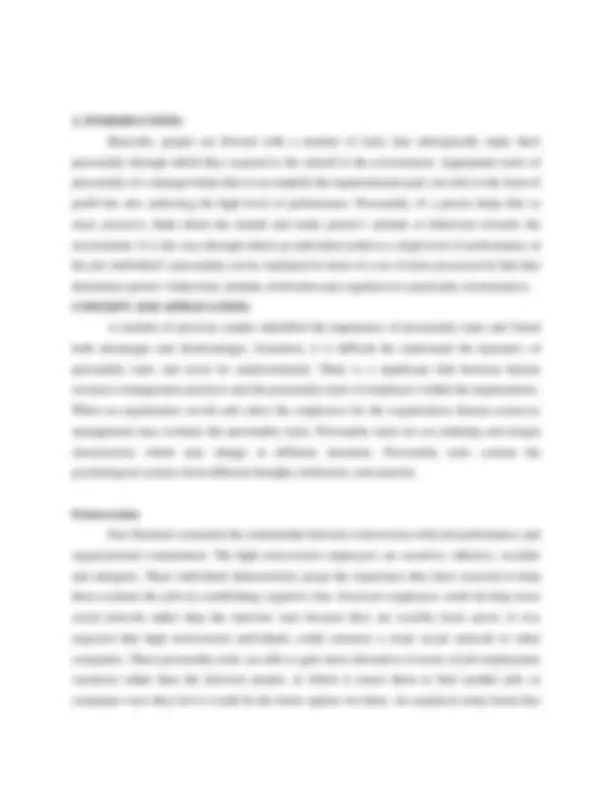
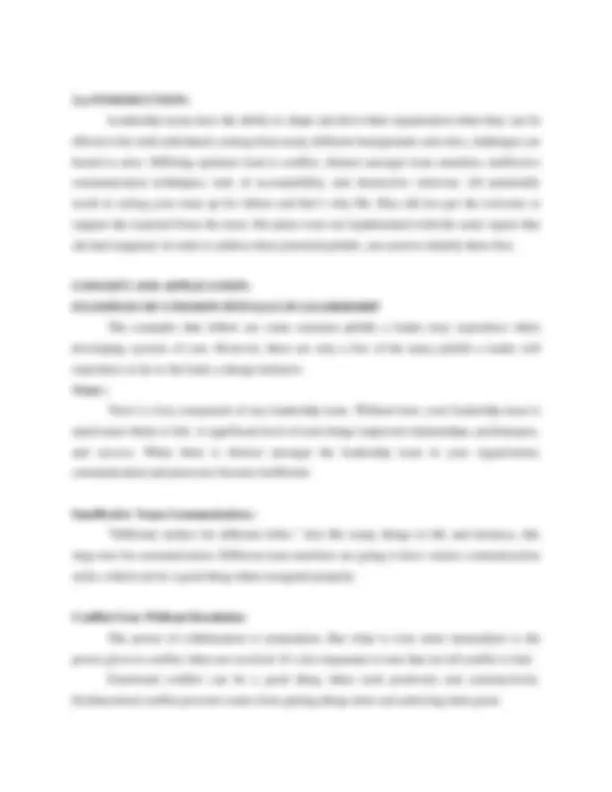
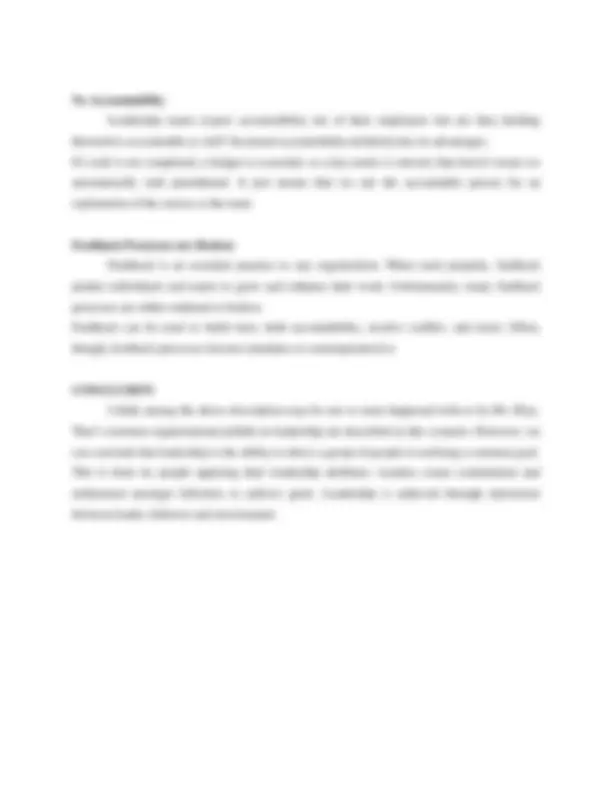
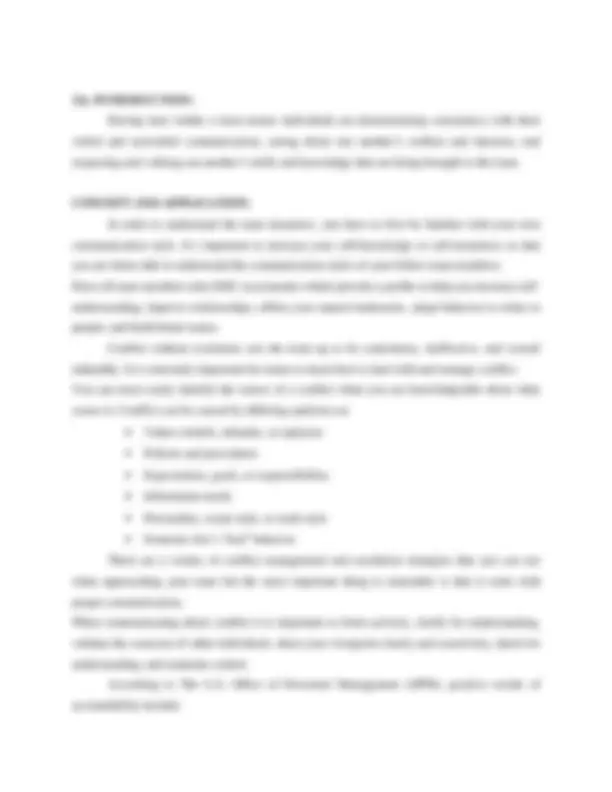


Study with the several resources on Docsity

Earn points by helping other students or get them with a premium plan


Prepare for your exams
Study with the several resources on Docsity

Earn points to download
Earn points by helping other students or get them with a premium plan
Community
Ask the community for help and clear up your study doubts
Discover the best universities in your country according to Docsity users
Free resources
Download our free guides on studying techniques, anxiety management strategies, and thesis advice from Docsity tutors
I AM UPLOADING THESE ASSIGNMENTS FOR SOLELY STUDENTS, EX- STUDENTS WHO STRUGGLE TO ASK HELP. THESE ASSIGNMENTS CAN GIVE PEOPLE INSIGHT ON WHAT TO WRITE, HOW TO WRITE, ETC. I HAVE A GAP OF 7 YEARS AND CURRENTLY I AM PURSUING MY DEGREE, HAVE STRUGGLED TO ASK HELP AND IF MANAGED TO DO SO, ONLY GOT DISAPPOINTMENT, IT WOULD MEAN A LOT, IF THESE CAN MAKE A LIFE EASIER. THANKS. :)
Typology: Schemes and Mind Maps
1 / 11

This page cannot be seen from the preview
Don't miss anything!







NMIMS Global Access School for Continuing Education (NGA-SCE) Course: Organisational Behaviour Internal Assignment Applicable for June 2022 Examination1.
1. INTRODUCTION:
Within various types of organizations, it is necessary for the members to maintain interpersonal relationships. It is apparent that in order to carry out one’s job duties in an appropriate manner and attain the desired goals and objectives, the members need to develop mutual understanding and work in co-operation with each other. It is of utmost significance for all the members of the organizations to form interpersonal relationships with each other. When the individuals form interpersonal relationships, they are able to benefit in number of ways. These are, create amiable and pleasant environmental conditions, incur the feeling of job satisfaction, carry out job duties in a well-organized manner, achieve desired outcomes and retain their jobs. Furthermore, when the individuals maintain amiable interpersonal relationships with their superiors, they are able to acquire promotional opportunities as well. Therefore, it can be stated maintaining interpersonal relationships within organizations have proven to be enriching to all the members. It is necessary to put into operation the measures to reinforce them on a regular basis. The main areas that have been taken into account in this research paper include, concept of interpersonal relationships within organizations, interpersonal relationship.
Within various types of organizations, it is indispensable for all the members to be well- aware in terms of their job duties and responsibilities. They need to possess the essential skills and abilities that are needed to perform their job duties satisfactorily and to achieve organizational goals and objectives. Apart from possession of competencies and abilities, they need to establish effective terms and relationships with other members of the organizations. Some key things are matter about this concept that is -
But in an organization involve different kinds of power equations for interpersonal relationships between superiors and subordinates- That is –
1) Legitimate Power Legitimate power is also known as positional power. As these names suggest, legitimate power is the power that a person in the organization holds because of his/her position and that is considered to be legitimate. A manager who leads a team has certain responsibilities and also the right to delegate tasks/her to his subordinates as well as review their work and give feedback. This power that a manager enjoys is because of the position that he/she hols and is ‘legitimate power.’ Job descriptions make it clear as to who an employee will be reporting to and the team that the employee will be leading, if any. For legitimate power to be respected in an organization, the manager should be able and have the experience, expertise and qualifications that the job requires. Ex. CEO.
5) Reward Power Reward power arises out of the authority that a person has to recognise and reward people. Ways to do this can be by salary hikes, bonuses, paid leave, company sponsored vacation or even promotions. Employees who possess reward power can influence the performance of employees considerably. If used, as a motivating factor, reward power can make employees work harder and smarter and contribute more effectively to the organization. But if this is used in an unfavourable manner and any kind of favouritism is displayed, then it can severely harm the morale of employees and reduce their productivity, leading to the wastage of company resources. Ex. Power that HR personnel have to decide CTC, bonus etc. Using these 5 sources of power, employees, corporates and businesses can motivate their employees and have better implementation of work. At the same time, co ordination between departments, discipline and decorum can all be achieved with the proper use of the sources of power.
CONCLUSION Interpersonal relationships within organizations are considered as meaningful and favourable. These are social connections, associations and affiliations between two or more individuals. Apart from possession of knowledge in terms of job duties, it is vital for the individuals to reinforce interpersonal relationships throughout their jobs. The concept of interpersonal relationships within organizations consists of four important areas, these are, independent relationships, dependent relationships, competing relationships and conflicting relationships. Johari awareness model is regarded as one of the primary concepts that lead to improvements in interpersonal relationships. The four quadrants are, open area, blind area, hidden area and area of unknown activity.
Image source : https://theinvestorsbook.com/wp-content/uploads/2021/12/span-of-control.jpg.
Basically, people are blessed with a number of traits that subsequently make their personality through which they respond to the stimuli in the environment. Appropriate traits of personality of a manager helps him to accomplish the organizational goal, not only in the form of profit but also achieving the high level of performance. Personality of a person helps him to react, perceive, think about the stimuli and make person’s attitude or behaviour towards the environment. It is the way through which an individual achieves a high level of performance in his job. Individual’s personality can be explained in terms of a set of traits possessed by him that determines person’s behaviour, attitude, motivation and cognition in a particular circumstances. CONCEPT AND APPLICATION: A number of previous studies identified the importance of personality traits and found both advantages and disadvantages. Somehow, it is difficult the understand the dynamics of personality traits and never be underestimated. There is a significant link between human resources management practices and the personality traits of employees within the organizations. When an organization recruit and select the employees for the organization, human resources management may evaluate the personality traits. Personality traits are an enduring and unique characteristic which may change in different situations. Personality traits contain the psychological systems form different thoughts, behaviour, and emotion.
Extraversion Past literature examined the relationship between extraversion with job performance and organizational commitment. The high extraversion employees are assertive, talkative, sociable and energetic. These individual characteristics grasp the experience they have received to help them evaluate the jobs by establishing cognitive bias. Extravert employees could develop more social network rather than the introvert ones because they are socially more active. It was expected that high extraversion individuals could construct a more social network to other companies. These personality traits are able to gain more alternative in terms of job employment vacancies rather than the introvert people, at which it causes them to find another jobs or companies once they feel it would be the better options for them. An empirical study found that
worried, pessimism, depressed in nature. Due to their negative behaviours and attitudes in the work field, it was identified as a core source of negative affections. It was revealed that people high in neuroticism are agitated, anxious and naturally discouraged. Neurotic people frequently fill in as poor group entertainers, tend to be subversive and view the requirement for change adversely. Regarding working results, neuroticism has been adversely identified with a career path, job performance and inspiration. As a general rule, their poor exhibitions are caused by low employment fulfilment.
Openness Experience : It is assumed that the employees who display openness traits influence their various team of performance. These kinds of people possess for autonomy and tend to be adaptive, innovative and support to change as they are likely excited to new experiences. They tend to develop a good relationship interpersonally with their peers and actively participating in the decision-making process. Nevertheless, the openness employees unlikely committed to their current company due to their enthusiasm for the new experiences. It was discovered that openness employees only focused on the rewards from their new organizations without rethinking the consequences when they leave their existed company. Previous literature has proved that openness to experience significantly associated with turnover, work drive and career discovery. They preferred challenges in their workplace that could trigger them.
CONCLUSION The findings of the study confirm the personality traits has the most significant effects. Among them, employee perceives conscientiousness and openness tend to be more engaged at work followed by agreeableness. Contrary result found with the previous studies that extraversion and neuroticism do not have effects on job performance. Employees may feel anxious and worried, and their performance affected. Further, extraverted people may look for other organizational facilities and do not perform as expected due to extraverted characteristics.
3.a INTRODUCTION: Leadership teams have the ability to shape and drive their organization when they can be effective but with individuals coming from many different backgrounds and roles, challenges are bound to arise. Differing opinions lead to conflict, distrust amongst team members, ineffective communication techniques, lack of accountability, and destructive criticism. All potentially result in setting your team up for failure and that’s why Ms. Riya did not get the welcome or support she expected from the team. Her plans were not implemented with the same vigour that she had imagined. In order to address these potential pitfalls, you need to identify them first.
CONCEPT AND APPLICATION: EXAMPLES OF COMMON PITFALLS IN LEADERSHIP The examples that follow are some common pitfalls a leader may experience when developing systems of care. However, these are only a few of the many pitfalls a leader will experience as he or she leads a change initiative. Trust : Trust is a key component of any leadership team. Without trust, your leadership team is much more likely to fail. A significant level of trust brings improved relationships, performance, and success. When there is distrust amongst the leadership team in your organization, communication and processes become inefficient.
Inneffective Team Communication : “Different strokes for different folks.” Just like many things in life and business, this rings true for communication. Different team members are going to have various communication styles, which can be a good thing when navigated properly.
Conflict Goes Without Resolution The power of collaboration is tremendous. But what is even more tremendous is the power given to conflict when not resolved. It’s also important to note that not all conflict is bad. Functional conflict can be a good thing when used positively and constructively. Dysfunctional conflict prevents teams from getting things done and achieving their goals.
3.b. INTRODUCTION: Having trust within a team means individuals are demonstrating consistency with their verbal and nonverbal communication, caring about one another’s welfare and interests, and respecting and valuing one another’s skills and knowledge that are being brought to the team.
CONCEPT AND APPLICATION: In order to understand the team dynamics, you have to first be familiar with your own communication style. It’s important to increase your self-knowledge or self-awareness so that you are better able to understand the communication styles of your fellow team members. Have all team members take DiSC assessments which provide a profile to help you increase self- understanding, improve relationships, affirm your natural tendencies, adapt behavior to relate to people, and build better teams. Conflict without resolution sets the team up to be contentious, ineffective, and overall unhealthy. It is extremely important for teams to learn how to deal with and manage conflict. You can more easily identify the source of a conflict when you are knowledgeable about what causes it. Conflict can be caused by differing opinions on:
To increase the sense of accountability within a team, it is important to have clear defined roles and individual ownership. Accountability can also be fostered through freedom and support, expectation of evaluation, and improvement. Formally giving and receiving feedback once a year won’t cut it for some organizations and giving and receiving feedback so frequently it becomes micromanagement also won’t cut it.
CONCLUSION Building a leadership team may be a struggle at times but when you address all of these challenges and build a fundamentally sound leadership team, success happens. By coaching & training members of your leadership team, they will be better able to handle all of the obstacles that occur when running a department or organization, and feel more confident in their leadership roles.